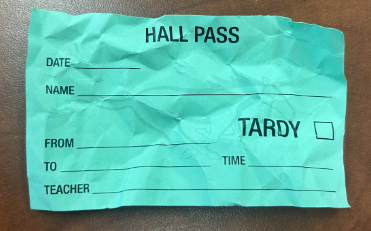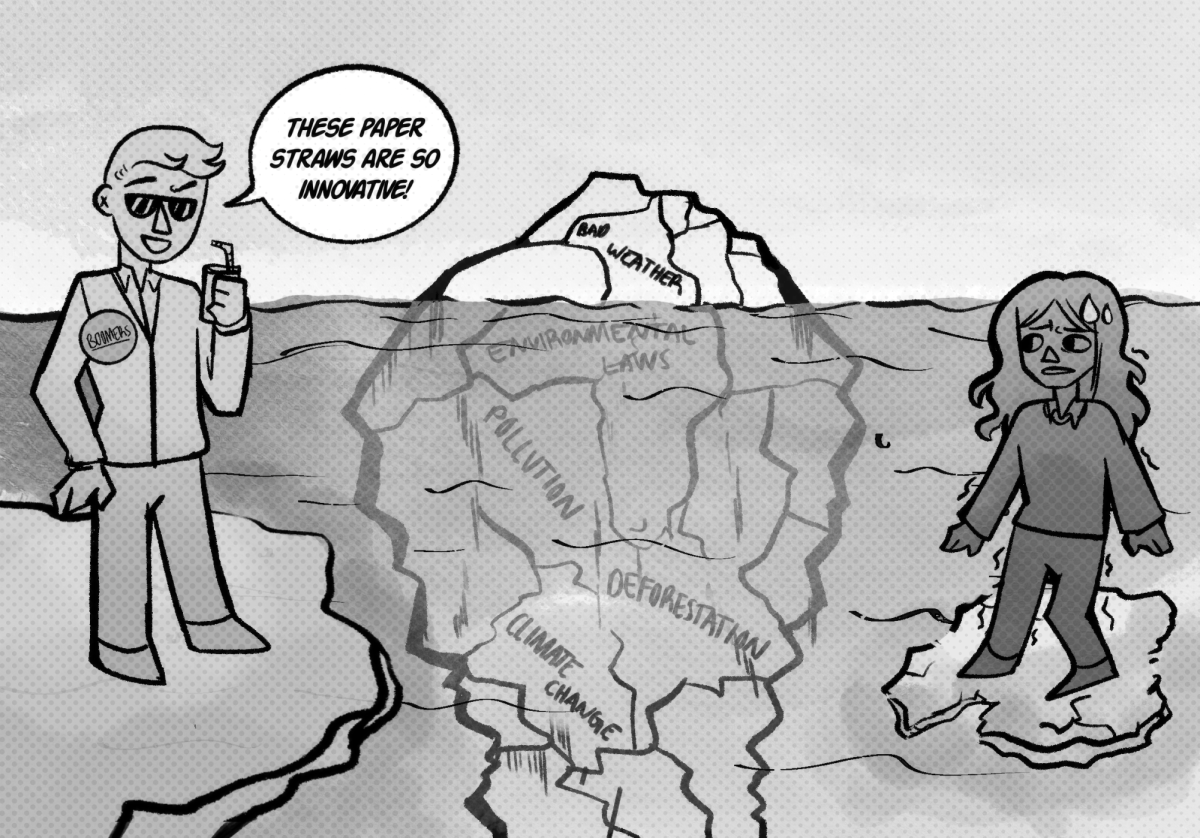Every year, DGS implements many changes in order to accommodate every student and staff member’s needs. This year, the school has implemented a new system to fix a major problem–skipping. However, the little green passes DGS has introduced may not be as useful as proposed and could even be harmful.
These green passes are supposed to allow a more strict hallway etiquette, but it does the exact opposite. The passes are specific with where a person might be going in the building, but they are so easily accessible by students that it doesn’t prevent the problem of skipping or taking too long away from class.
They also take very long to fill out for mundane things. It takes over a minute for teachers or students to fill out the pass to simply allow a student to go to the restroom or fill a water bottle. It takes up a lot of instruction time compared to the lanyard passes of last year.
Some may say the lanyard passes were semi-ineffective due to theft and losses; however, compared to last year many more people are able to be in the hallway at a time, which doesn’t solve the original problem of too many students being in the hallway and causing chaos.
Ironically, these little green passes may also be bad for the environment. Though they can be recycled many are not and are lost in the bottoms of backpacks or in the normal garbage. Little by little, with every pass used, the school is contributing to the waste of paper and possibly pollution as a whole with only tiny slips of green paper.
What might a more effective method of preventing skipping look like?
It might look like monitoring attendance for students, and those who may be skipping should be sat down and talked to by a counselor. After they’ve been informed of potential consequences and they continue to skip, then is the time to take action and consider some type of system in order to make sure this student is arriving to class.







